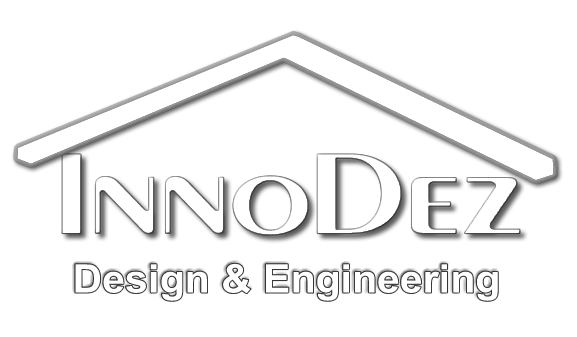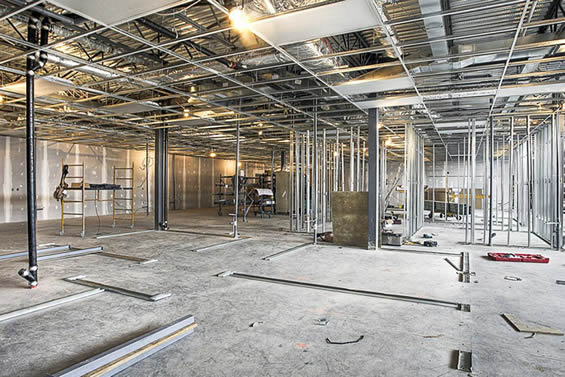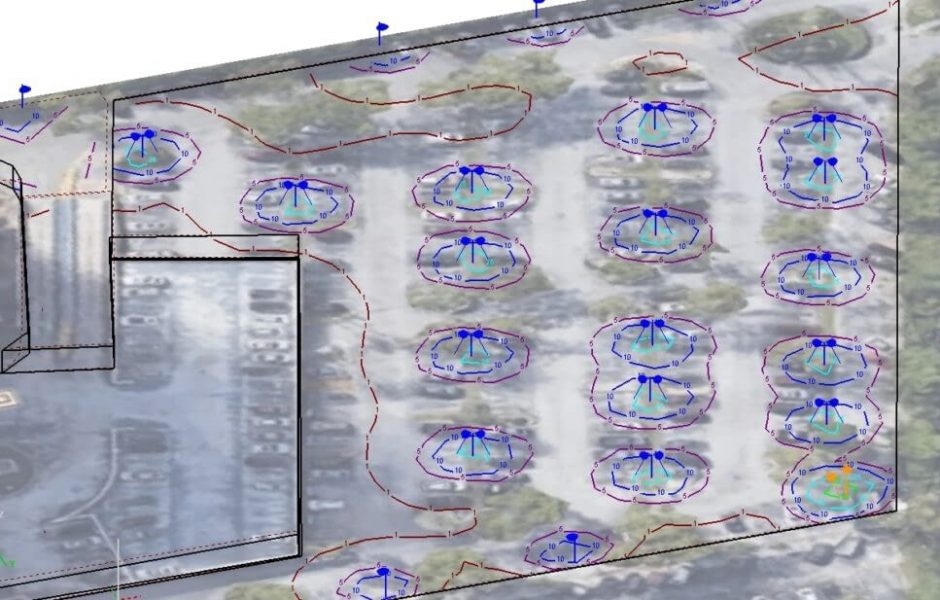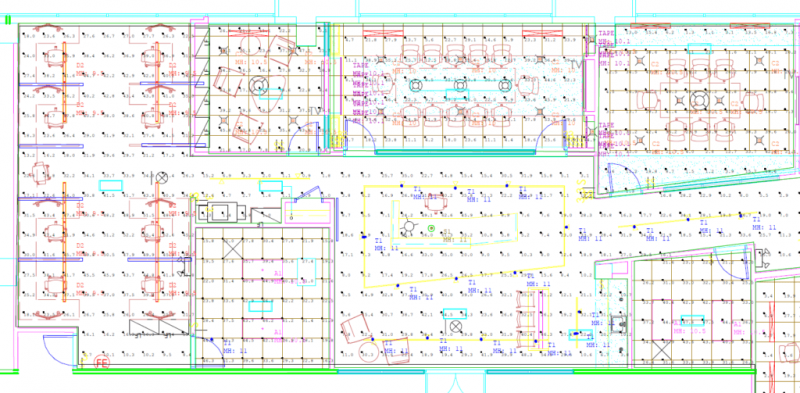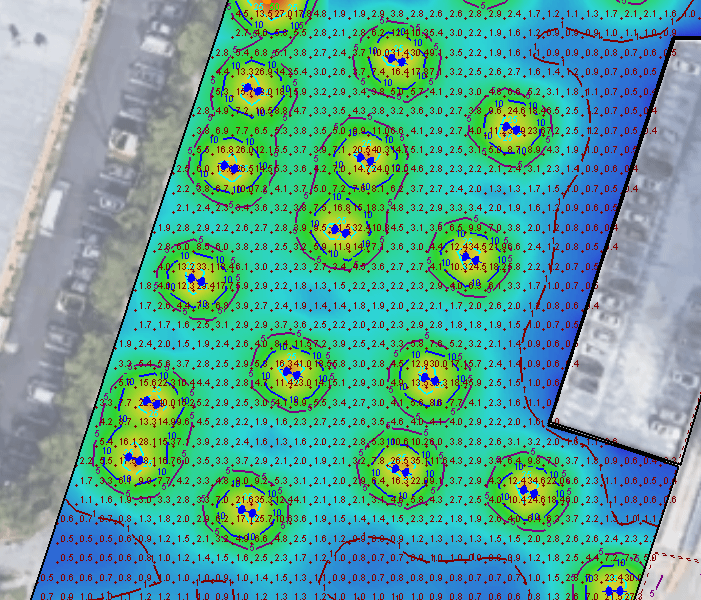12
Jul
Low-impact development (LID) features minimize burden, maximize operationality, and reduce demands on public infrastructure. LID civil engineering addresses the site development step of the building process. In essence, it means producing a design and construction sequence that will have the least effect on the existing landscape. Generally, conventional methods have
